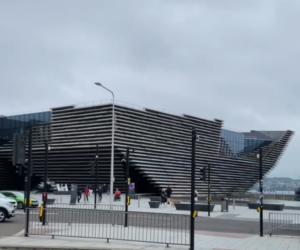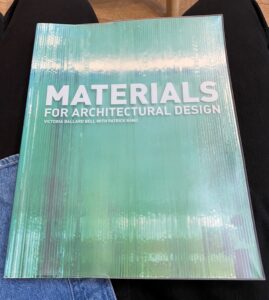 I remember being engulfed by Scotland’s atmosphere when I first stepped off the plane into Edinburgh Airport. The feel and smell of the air, the intricacy of the building’s interior layout, the sustained chatter and movement amongst fellow flyers: it didn’t strike me as peculiar as I initially thought it would. This trip would be my first time abroad. Accordingly, I spent numerous hours researching about life in Scotland and the UK in general. It wasn’t until the bus ride to Inverness, Scotland and my two-day stay there where I realized that it was surely going to be all that hyped it up to be. The aromatics of the water and cafes we ventured, the awe-inspiring architecture surrounding us, and the unfamiliar accent boasted by the locals: these were aspects that I would continue to experience throughout my stay in Scotland.
I remember being engulfed by Scotland’s atmosphere when I first stepped off the plane into Edinburgh Airport. The feel and smell of the air, the intricacy of the building’s interior layout, the sustained chatter and movement amongst fellow flyers: it didn’t strike me as peculiar as I initially thought it would. This trip would be my first time abroad. Accordingly, I spent numerous hours researching about life in Scotland and the UK in general. It wasn’t until the bus ride to Inverness, Scotland and my two-day stay there where I realized that it was surely going to be all that hyped it up to be. The aromatics of the water and cafes we ventured, the awe-inspiring architecture surrounding us, and the unfamiliar accent boasted by the locals: these were aspects that I would continue to experience throughout my stay in Scotland.
During our subsequent stay in Dundee, we visited the V&A Museum, where we explored its galleries and had a discussion about design. It was a class trip and some felt as if another visit was owed in order to truly take in the craftsmanship displayed in the museum.

So, a few days later, a few friends and I went a second time to take a deeper look at the individual galleries in the museum. Near the end of our visit we sat down and each picked up a book related to design. The book I picked up was about the different materials used in design. Originally, I figured I would be reading about “exotic” materials such as onyx and what not. To a bit of my surprise, the chapters were written on the most basic building materials I could imagine.
The book was titled “Materials for Architectural Design.” It was written by Victoria Ballard Bell and Patrick Rand, both architects who work in the Research Triangle in North Carolina. The first section was about 30 pages all about glass. It talked about the history of glass, the different types of glass and how they’re prepared as well as what it’s composed of. It also listed and described a few examples of buildings, including their utilizations of glass. After spending half an hour entranced in the book, I came to a realization about the buildings’ designs— everything was intentional. To some, this information is nothing new. To me however, an aspiring biomedical engineer just getting their foot in the water, it was a fresh perspective. In that moment I looked at the objects around me, not only marking off certain design aspects as solely aesthetic or ornamental, but as features that added to its functionality.

I left the V&A Museum with a fresh perspective on design that I could now carry over to a multitude of other fields, especially healthcare. Investigating the kinds of materials used in current medical devices along with considering innovations in designs that use these materials can lead to much more efficient and serviceable tools in the health field. I hope to use this viewpoint as a way to contribute monumental renovations in the healthcare industry.
